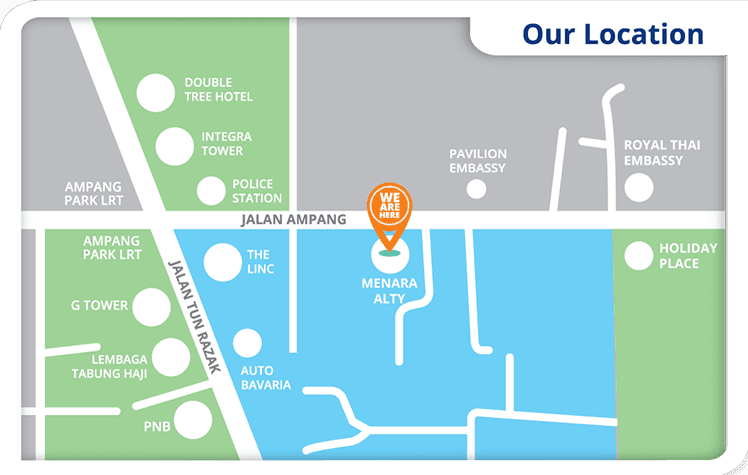What is a slipped disc?
Located between each vertebra, discs keep the spine supple and help to absorb shock or impact of daily activities.
A slipped disc occurs when the outer covering of the disc (annulus) tears and the internal gel filling (nucleus) gets pushed out of the covering (herniates), causing the gel to press on the nerve root.
This condition is also known as a ‘herniated’, ‘ruptured’ or ‘prolapsed’ disc.
What are the causes of slipped disc?
A slipped disc is usually caused by wear and tear over time, as the discs gradually lose elasticity and become more prone to damage. It is most common in people aged 30 – 50 years, with men being twice as likely to experience a slipped disc. It can also happen by sudden, unaccustomed overloading of the spine, like lifting something much heavier than we normally do.
Other factors that contribute to a slipped disc:
- Genetics or a family history of slipped disc makes it more likely for a person to experience a slipped disc
- Poor posture while sitting, exercising or lifting items
- Smoking, which deprives the discs of important nutrients it needs to stay healthy
What are the symptoms of slipped disc?
A slipped disc often causes symptoms such as numbness, tingling or pain that shoots or radiates downward, affecting the buttocks and/or legs.
Initially, it’s easy to mistake it for a backache or muscle strain, which improves with rest over several weeks. However, as pain from a slipped disc usually gets worse over time, many people only seek medical advice when the pain has worsened or when other symptoms appear such as incontinence or partial paralysis caused by the disc pressing on nerves that lead to the lower limbs.
How is slipped disc diagnosed?
In most cases, a slipped disc can be diagnosed based on your symptoms, history and a physical examination. During the physical examination, your doctor will check your nerve function and muscle strength to look for the source of your pain and discomfort. You may be asked to lie on your back and move your legs in certain ways to determine the cause of your pain.
Imaging tests can help your doctor confirm the diagnosis and to identify the extend of the herniation. The tests might include:
- X-rays
- Computerized tomography (CT)
- Magnetic resonance imaging (MRI)
- Myelogram
- Electromyogram (EMG)
- Nerve conduction studies (NCS)
How is slipped disc treated?
Treatment for a slipped disc will differ based on the severity of your symptoms. For mild cases, doctors will usually recommend non-surgical options first. These may include:
- Rest
- Topical pain relief such as hot or cold packs
- Pain medication such as muscle relaxants and non-steroidal anti-inflammatory drugs (NSAIDS)
- Physiotherapy and rehabilitation to minimise the risk of recurring pain and injury
Surgery is typically recommended for more severe cases, those who are unable to gain relief from non-surgical options, or situations where the pressure on the spinal cord is causing health-related complications such as incontinence or difficulty walking.
Consult an orthopaedic surgeon to determine the treatment method most suitable for you.
What are the complications associated with slipped disc?
Complications from a slipped disc include permanent nerve damage. You may experience a long-term complication such as saddle anaesthesia, which occurs when the slipped disc compresses the nerves and leads to loss of sensation in the inner thighs, back of the legs or around the rectum. In rare situations, a slipped disc can obstruct nerve impulses to the nerves in the lower back and legs, leading to loss of bowel or bladder control.
 +6012-637 7646
+6012-637 7646 

